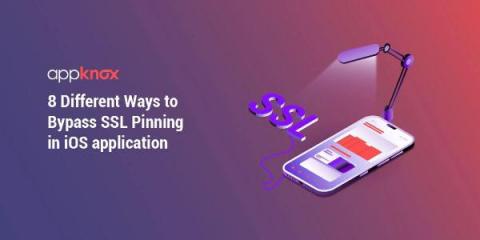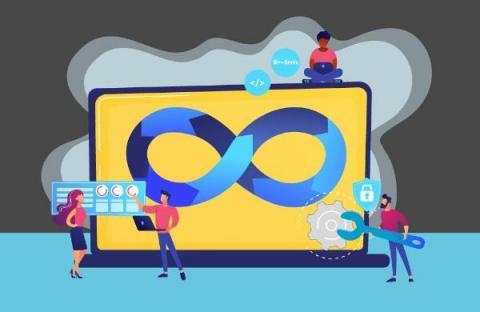Public vs. Private Cloud Security: What's the Difference?
Security in cloud computing is often a major concern among cloud customers, mainly because of the risk of losing sensitive data and the difficulties of enforcing the organization’s security policies. Despite cloud computing’s potential efficiency for storing and exchanging files, cloud security remains questionable. According to one report from Statista, 81 percent of respondents found security to be the most prevalent challenge in cloud computing today.











